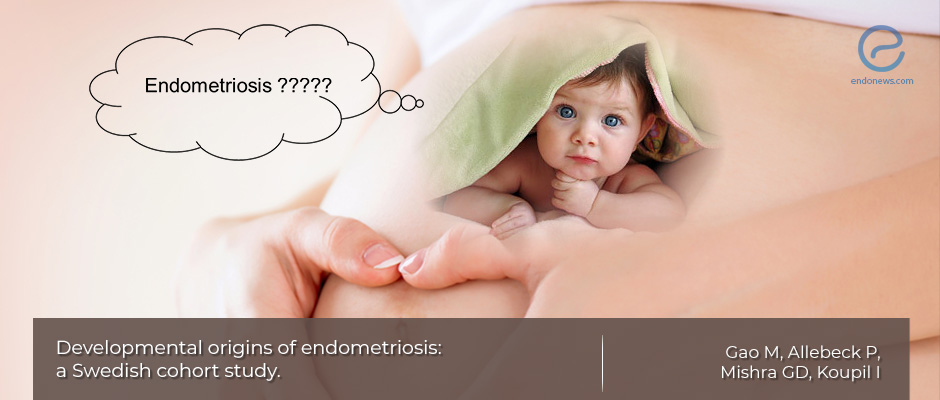Babies Born Lighter May Have a Higher Risk of Developing Endometriosis Later in Life
Jul 12, 2019
The risk of a woman to develop endometriosis may be linked to factors affecting her even before birth.
Key Points
Highlights:
- The environment inside the uterus of a woman may influence the risk of her daughters developing endometriosis later in life.
Importance:
- Identifying factors associated with the risk of endometriosis can help reduce exposure to such factors to avoid the condition.
What's done here:
- A research group from Sweden in collaboration with researchers in Australia analyzed the potential effect of birth weight, the number of live births, and a diagnosis of infertility on the rate of endometriosis.
- This population-based study was conducted on almost 3,500 women born in Sweden, between 1933 and 1972.
- One hundred and eleven of the women (3.2%) were diagnosed with endometriosis, 91 of them being diagnosed with external endometriosis (endometriosis outside the uterus).
Key results:
- Lower birth weight is associated with an increased rate of endometriosis.
- The increased rate of endometriosis is also detected among women with a fewer number of live births and those with fertility problems.
Limitations:
- Less severe cases of endometriosis might have been unintentionally omitted from the study due to the fact that women with the disease were identified through a national patient registry.
- The study did not take into account other factors that could explain the increased risk of endometriosis in people born with a lower weight, such as adult body mass index (BMI) and hormone levels.
Lay Summary
Being exposed to growth restriction before birth seems to be associated with a higher risk of developing endometriosis during a woman’s reproductive years. Other factors such as having fewer liveborn children and prior infertility problems, also seem to be important but only in the case of external endometriosis. This is according to a population-based study conducted among Swedish women and published in the Journal of Epidemiology and Community Health.
“Our study supports the developmental origins hypothesis of endometriosis,” the researchers wrote but added that the specific mechanisms underlying the association need to be further investigated.
In order to examine the associations of birth characteristics with endometriosis, the team led by Dr. Ilona Koupil analyzed 3,406 women born in Uppsala, Sweden, between 1933 and 1972. One hundred and eleven of the women (3.2 percent) were diagnosed with endometriosis with 91 of them being diagnosed with external endometriosis or endometriosis outside the uterus.
When the researchers compared data from archived birth records with the rate of endometriosis, they found that a lower birth rate was associated with an increased rate of endometriosis.
Similarly, a low number of live births and infertility problems before being diagnosed with endometriosis also seemed to be associated with higher rates of endometriosis.
According to the developmental origins hypothesis, exposure to an adverse environment inside the mother’s womb could have a negative long-term impact on the body and be associated with an increased risk of developing chronic diseases like endometriosis later in life.
Research Source: https://www.ncbi.nlm.nih.gov/pubmed/30661033
Birth weight intrauterine environment infertility LBW SGA

